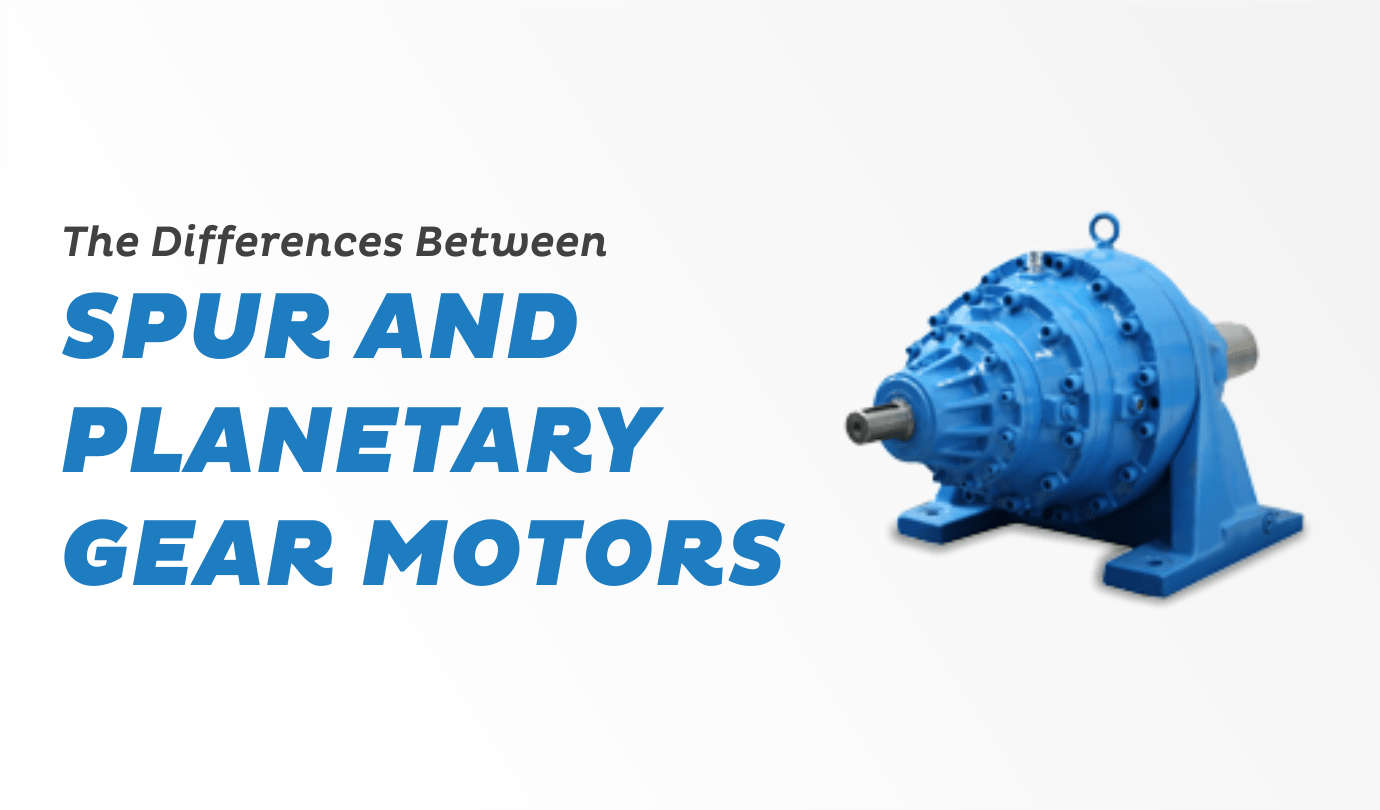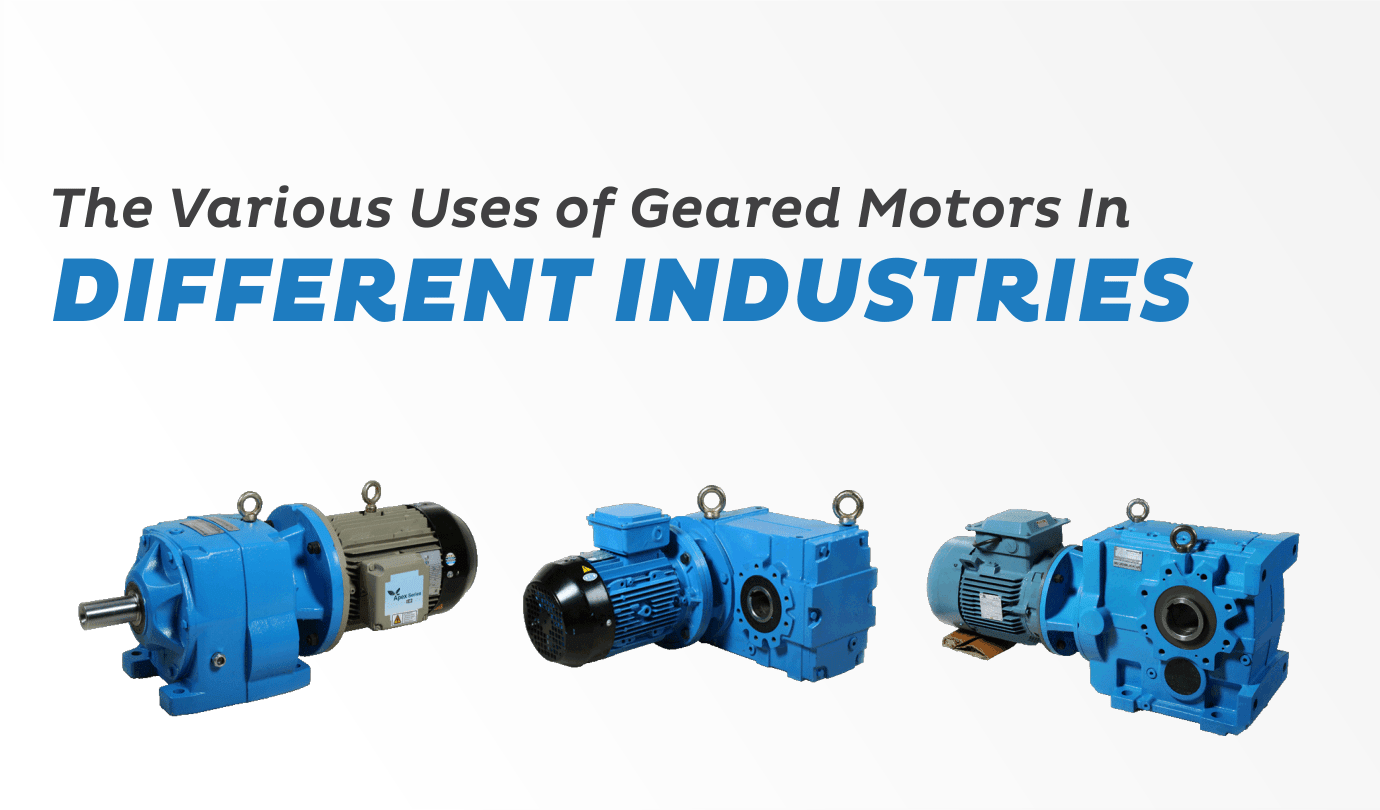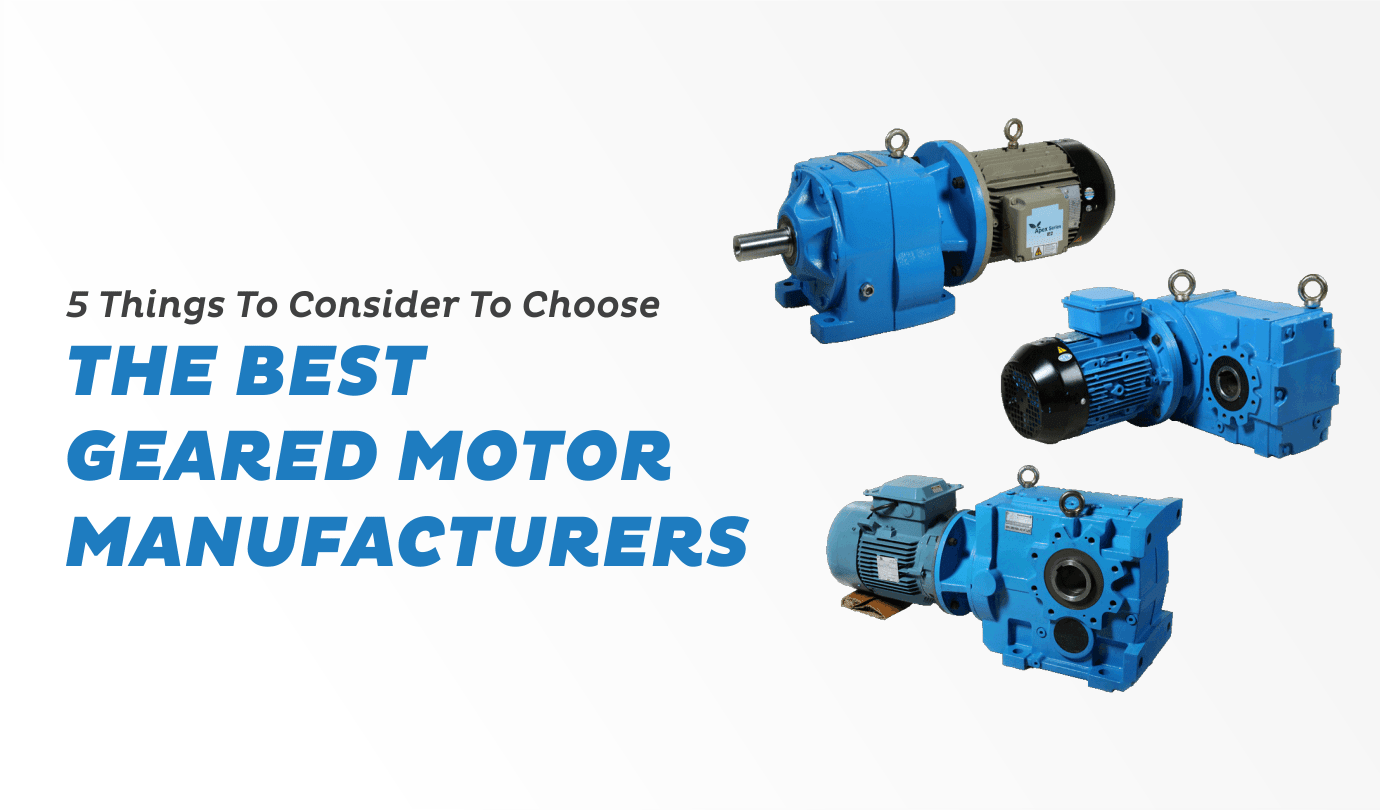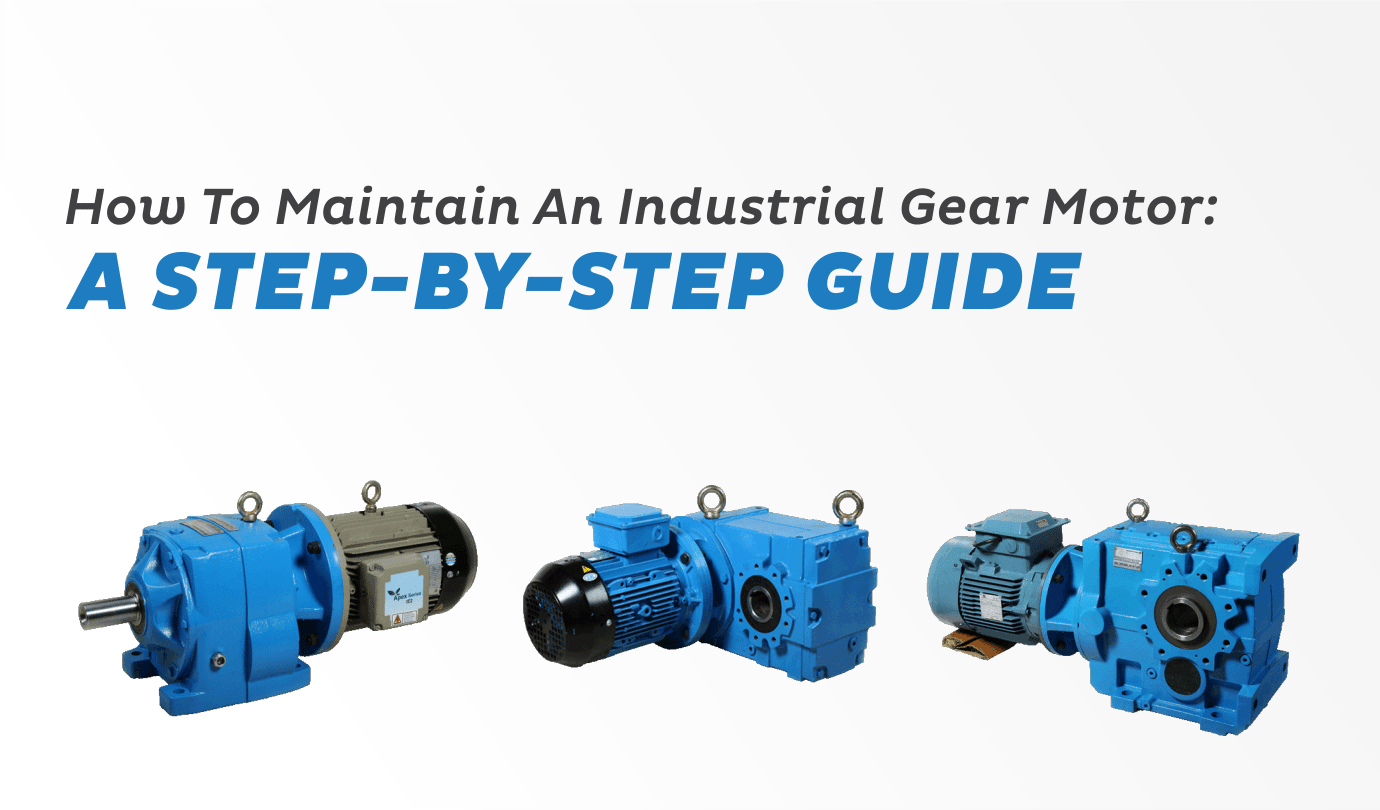The two most popular types of gear motors for industrial use are planetary gear motors and spur gear motors. Choosing the right type of motor is vital to ensure optimum performance in your application. However, if you are not familiar with these types of drives it can be difficult to try to choose the right one.
Keep reading for a short summary of both, and variations between, and make the decision making the process simpler.
What Are Spur And Planetary Gear Motors?
Planetary Gear Motor
The planetary gear motor shares the torsional load over many planetary gears, so it works well when higher torque is needed. Torque is a twisting force that induces rotation in structures or, in this case, in gears. As far as strong mechanics are concerned, torsion is the bending of an object due to the applied torque. More torque is also required in cars or railcar movers, where several gears operate at the same time.
The planetary gear motor mimics the planetary rotating system; the input shaft drives the central gear, also known as the sun gear, which then rotates the surrounding gears, also known as the planet gears.
This mechanism enables each of the planet’s gears to produce adequate torque in complete alignment with each other, which takes the weight off each gear, resulting in lower odds of the Gear motor breaking down, which thus contributes to higher performance ability.
Spur Gear Motor
The spur gear motor is simpler in construction and could be less costly than the planetary gear motor. Spur gear motors perform well for low torque applications. The torque is constrained in the speed of the gear motor, as each gear carries all the load.
Differences And Similarities
Both planetary and spur motor gears are made of a variety of metals, including titanium, nickel-steel and brass. Few planetary gear motors use plastic, but this is not often seen. Most experts would conclude that steel cutting gears are the most reliable, making them much more suitable for applications requiring more torque. Nickel-steel gears, on the other hand, prove to be more absorbent and are better suited to lubrication than other materials.
Lubricating is important, no matter what material the gear is made of, and is particularly important when the equipment is running at high speeds or has heavy loads. Planetary gears are better than spur gears when it comes to lubrication retention. This is due to the planet’s gears being able to retrieve some oil that is lost from the sun’s gear. This also makes the planet’s gears run at higher speeds. Spur gear drives perform well at lower speeds so the oil continues to fly off the gears. Inadequate lubrication allows it more difficult for spur gears to operate at higher speeds, as they flame out quicker.
Planetary Gear Motors are cylindrical in shape and come in many power levels and sizes. Planetary gear motors are normally made of steel or brass. This style of the gear motors has a number of gears and teeth that share load, so there is less concern about wear and stress, making it easier to achieve massive volumes of power transfer without damaging the gears. Planetary gear drives are also more costly to manufacture because they need more components. This includes the sun’s gear, the outer gear, multiple planetary gears, and a moving arm to carry the planet’s gears. While this mechanism results in higher reliability and lower gear noise, it is often more complicated and sections can be hard to reach or unavailable, making repairs impossible.
Spur gear motors are typically made of either brass or steel. Spur gear motors are usually cylindrical in nature, and the gears can be noisy, particularly if there is not enough lubrication. The gears are straight-toothed and attach to parallel shafts, which deliver high torque at lower speeds. The scale of the gears and the number of teeth on each gear are important design considerations for the spur gears. The size and number of teeth will decide the gear ratios for the output torque and the speed of the shaft. Inadequate lubrication can weaken the teeth, which can lead to throttle tension or slippage and even destroy the gear motor. Spur gear motors tend to be cheaper to make than planetary gear motors because they use fewer gears and are much easier to manufacture.
If you’re looking for high quality and efficient gear motors and industrial gearbox, you should consider contacting Premium Transmission, a renowned motors and coupling manufacturer.













